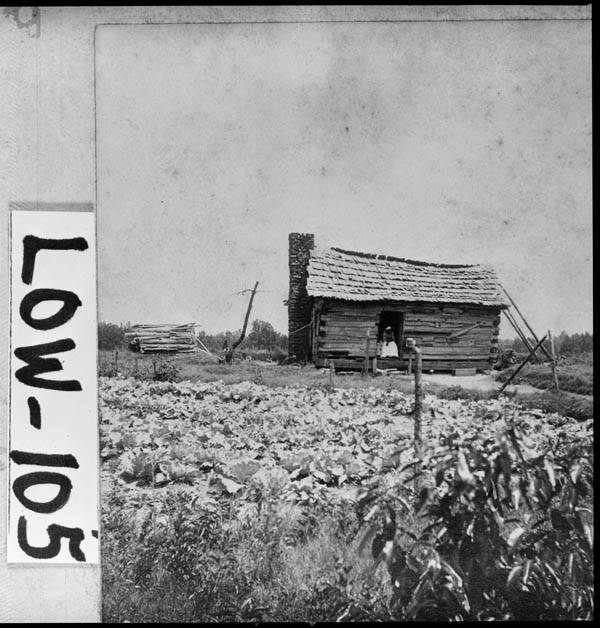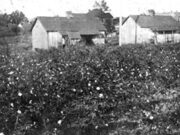Unlike sharecroppers, who could only contribute their labor but had no legal claim to the land or crops they farmed, tenant farmers frequently owned plow animals, equipment, and supplies. Because farm credit was lacking in the South, landowners often provided food and other necessities, then deducted the cost from the workers’ share of the harvested crops. Tenant farmers usually received between two-thirds and three-quarters of the harvest, minus deductions for living expenses. Sharecroppers, however, received only half the crop, from which landowners deducted rent and any credit (with interest) for supplies provided for the family’s subsistence.
Farm tenancy was a well-established institution in antebellum Georgia, although its incidence varied markedly from region to region. The role of tenancy before 1861 remains to be fully explored, but it probably provided important precedents for the reorganization of the agricultural economy after the demise of slavery in 1865. Tenancy also has important implications for the historical debate over the impact of the Civil War (1861-65) and Reconstruction on the economy and society of both Georgia and the South.

Courtesy of Georgia Archives.
The U.S. census did not include specific data on tenancy until 1880. Beginning in 1850, however, tenancy rates and regional patterns can be inferred from other data provided by the census. Tenanted farms ranged from more than 40 percent of the total in counties located in the northeastern mountains of Georgia to less than 20 percent for the older Cotton Belt of the eastern Piedmont. On the cotton lands of southwestern Georgia and the fringes of the Cotton Belt in the upper Piedmont, developed later, tenancy stood at about 30 percent.
Variations in tenancy rates and crop mix depended primarily on the labor requirements and demographic circumstances of each region. The economic role of tenancy and its effect on various groups in the population also highlight some of the differences between the antebellum and postbellum periods.
First, with few exceptions, antebellum tenants were white, and after the Civil War most (including sharecroppers) were formerly enslaved people. Second, activities such as land clearance, which could probably be carried out more effectively by renting land than by using enslaved laborers, may partly explain higher tenancy rates in the developing parts of the Cotton Belt. Third, and more generally, demographic pressure in older areas encouraged migration to regions with undeveloped land. Some settlers, perhaps younger sons who could not be accommodated by further division of the parental holdings, might have rented or sharecropped land in the hope of eventually securing the means to purchase their own farms. Fourth, antebellum tenants typically tilled small farms using family labor. While most of them within the Cotton Belt grew some cotton, they tended to grow relatively less of the staple and more of food crops than their planter neighbors. Finally, there is evidence that sharecropping, which became a characteristic feature of postbellum rural Georgia, was not unknown before the Civil War.
The most momentous change in labor arrangements during the Civil War era occurred precisely in those areas that had been most heavily dependent upon enslaved laborers. Tenancy had always provided an element of economic flexibility in the Cotton Belt, but after the war tenanted farms, and especially sharecropping, became the principal means of mobilizing and controlling labor. In predominantly white areas, notably the upper Piedmont, tenancy rates also increased during and after Reconstruction. Before the war, however, white Georgians could plausibly regard tenancy as a means of upward mobility toward landownership. After the war tenancy became a dead end for whites and Blacks alike.





